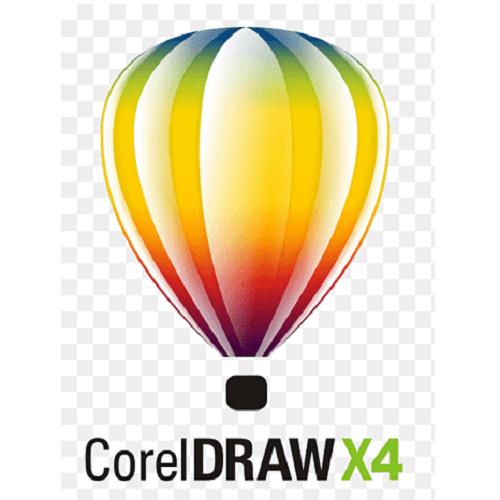
Description
|
Creating a website involves several key design elements to ensure an attractive and functional online presence. Here are some essential aspects of website design:
|

|
Creating a website involves several key design elements to ensure an attractive and functional online presence. Here are some essential aspects of website design:
|
















CST, Masion, Near Zara Showroom, Fountain Fort, CST
sulemaan177@gmail.com
+91 9172824457
Dadar
Anand Vaibhav, Near Plaza Cinema, Dadar (West), Mumbai, 400028
9172824457
Ghatkopar
Salma compound, NSS Road, Narayan Nagar, Ghatkopar West Mumbai - 400086
9892641319
Kalyan
Chandra Mukhi Apartment, Near Raheja Complex Patri Pull, Kalyan (West) Thane, 421301
9552233462
Vasai
Alkapuri, Station Road, Nalasopara - Vasai East, Maharashtra - 401209
9022088053
Ambarnath
Anand Nagar, MIDC, Ambarnath (East), Thane, 421501
9172824457
Navi Mumbai
Seawood Corner, Sector - 25, Opp. Seawood Station (east), Navi Mumbai
9172824457
Dubai (GCC)
Khalfan Building, Opposite San Marco Hotel, Frij Murar Deira, Dubai
+971 52 1478364 / +91 9273456777
© 2019 - 2026. Tarah WorldTrade India Pvt Ltd. All Rights Reserved.